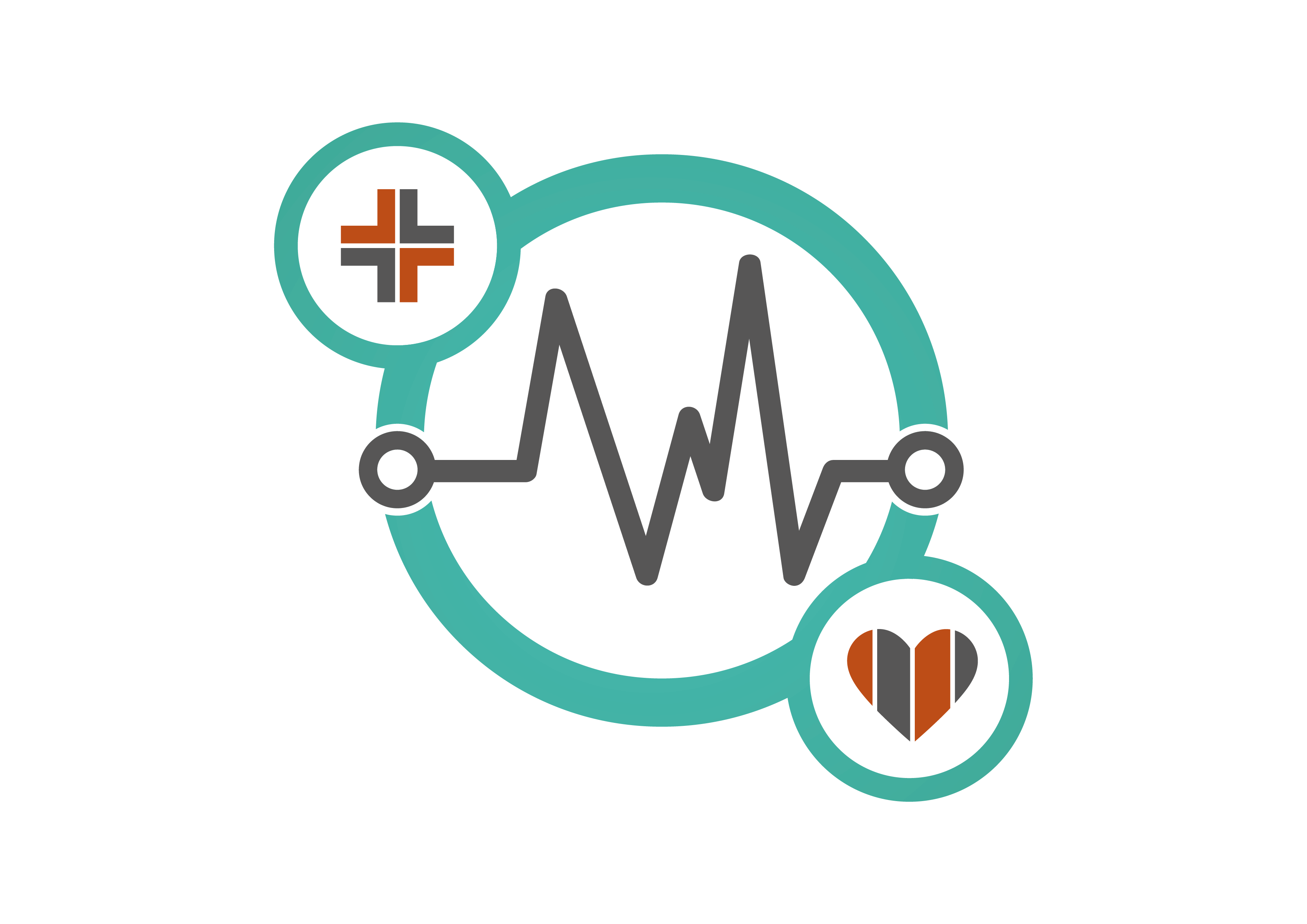Professor Robert Thomson, a leading academic and co-lead for Heriot-Watt University’s Global Research Institute into Health and Care Technologies, delves into groundbreaking initiatives reshaping health and technology. From sustainable plastics for medical tests to AI-driven healthcare solutions, discover how these advancements are paving the way for a sustainable and resilient future in global health.

Professor Thomson, can you elaborate on the innovative project that involves using sustainable plastics to produce lateral flow tests, and how this initiative is contributing to sustainable HealthTech solutions?
Healthcare waste is a major problem globally. It is estimated there are over four billion lateral flow tests (LFTs) manufactured annually, that is around 16,000 tonnes of plastic, with an average test containing 10-15g of single-use virgin plastic. Because of issues due to sorting and potential contamination, most of it is sent to incineration or landfill.
These eye-watering stats are what prompted my colleague and academic co-lead here at Heriot-Watt University’s Global Research Institute in Health and Care Technologies, Professor Maïwenn Kersaudy-Kerhoas, to investigate the production of lateral flow tests from sustainable plastics. She has produced five devices made from a range of emerging plastic materials as part of her work to make the healthcare industry more sustainable. Her team has developed LFTs using five sustainably derived plastics – old fridge parts made from High Impact Polystyrenes (HIPs); Limex, a material derived from limestone with 50-80% calcium carbonate in the final product; Terralene, bio-compounds based on polyethylene (PE) made from renewable raw materials; Bio-flex, a biodegradable and compostable type of plastic; and Gum-tec, made from ‘post-consumer’ chewing gum scraped off the streets of the UK.
LFTs are used to identify a range of illnesses and conditions including mosquito-borne diseases such as Malaria and pregnancy. Together with masks, they have been a visible part of the growing medical waste issue.
If we can make LFTs out of sustainable materials and without the use of fossil fuels in their production, we can save between 30% and 80% of carbon emissions that virgin plastic processing produces.
Could you explain the key objectives and expected outcomes of the pan-European project aimed at identifying the effects of digital stressors, such as social media and 24-hour news, on youngsters?
Focusing on adolescents aged 10-24 years, the research being led by my colleague Dr Mel McKendrick will examine how our rapidly changing society has created additional digital stressors. As the digitalisation of information continues at pace, accelerated by the pandemic, the 24/7 information overload has adversely impacted some members of society.
Similar pilot studies will take place across Europe using the same approach and we believe the research will ultimately help practitioners and individuals to better monitor and manage the emotional well-being of young people.
The SMILE project is taking a cross-sector approach with experts from psychology and engineering specialties working alongside clinicians and gaming experts, to develop ways to measure the impact of both direct and indirect stressors, including 24/7 news cycles, world events, and social media.
Digital Transformation has been heralded as one of the greatest achievements of recent times but as psychologists, clinicians, parents and individuals, we’re still exploring its impact. Looking at it from the user’s perspective, we’ll better understand changes in mental state, treatment and self-management. Just as with medical waste, this is a global problem.
How is collaborating with the National Robotarium and the Medical Device Manufacturing Centre fostering advancements in assistive living robotics and AI, particularly for the elderly and those with chronic diseases?
Robotics and AI have almost unlimited potential to help tackle global challenges in health and care. The work colleagues are doing at the National Robotarium, a world-leading centre for the research and development of these key fields, ranges from using robots to triage patients as they arrive at hospital (SPRING Project) to helping people rehabilitate after a stroke (VITALISE).
The FEATHER project is developing AI and socially assistive robots to detect urinary tract infections (UTIs) earlier which will reduce the number of serious adverse outcomes that can result from late, or misdiagnosis and another project involves telepresence robots at a care facility in Glasgow. The robots can respond to a personal emergency alarm, travelling to the person’s flat (even opening and operating the lifts and flat doors themselves!), open a video link to a remote carer and arrange emergency support if required.
Within the National Robotarium we support tenant companies like Bioliberty which is developing a soft robotic glove, also to help with stroke rehabilitation, and TouchLab, which has developed the world’s most sensitive robotic skin.
As well as supporting earlier-stage entrepreneurs in healthcare who are part of Scottish Enterprise’s High Growth Spinout Programme, a significant and positive step towards closer integration of innovation in the health and care sectors, the Medical Device Manufacturing Centre (MDMC) works to address current challenges facing organisations like the NHS, exploring the inclusion and development of degradable or reusable polymers to reduce environmental impact.
With regard to the ‘One Global Health Innovation’ theme, what technologies are being developed to enhance future pandemic resilience, and how do you envision these innovations shaping global health responses?
The ‘One Health’ concept summarises an idea that has been known for more than a century: animal health, human health, and environmental health are intrinsically intertwined and interdependent.
Our researchers are working in partnership nationally and internationally to develop and deliver novel solutions to tackle emerging threats facing current and future generations, through the development of, for example, novel vaccine delivery. Well-timed booster shots are indispensable to provide long-lasting immunity. Providing the necessary booster shots at the required times presents a large challenge, in humans as well as in wildlife and livestock. We have pioneered novel methods based on 3D-printing.
We’re also working on cost-effective infectious disease diagnostics and solutions for emergent threat and epidemic monitoring, including the development of sequencing-based blood tests for the detection of viral, bacterial and fungal pathogens, which could be used for sepsis and epidemic monitoring.
Can you discuss the role of digital technologies in diagnosing and managing mental health and neurodegenerative diseases, and what specific advancements are your institute focusing on in this area?
Mental illnesses are a leading cause of overall disease worldwide with major depression thought to be the most significant mental health problem and the third leading contributor to the global disease burden. However, we do not fully understand the relationships between mental illness, and neurodevelopmental and neurodegenerative conditions.
Our Mental Illness and Neurodiverse/Degenerative Disorders or MIND Labs, will provide a range of services to deliver diagnostic applications and symptom management. We will develop a multi-sensory platform to provide objective metrics to quantify mental health, changes in mental state and emotion processing in conditions like Parkinson’s Disease.
We’re also going to create a participant recruitment database to curate data gathered through sensor technologies and will cross-reference datasets to be able to model comorbidities and relationships across conditions.
MIND Tools will create digital content and digital fusion through gamified interventions using VR, AR and mixed realities, bringing together a range of researchers to integrate digital technologies for diagnostics, intervention and predictive analytics.
In the fight against cancer, what engineering solutions and technologies are being developed at Heriot-Watt University, and how are these innovations expected to improve cancer diagnosis, treatment, and patient outcomes?
Every two minutes someone in the UK is diagnosed with cancer, and it is predicted that one in every two of us will develop cancer in their lifetime. At Health and Care Technologies we are developing solutions to diagnose, treat, and monitor cancer patients, earlier, better and faster.
In collaboration with prostate surgeons, our researchers have created a device providing an objective exam for prostate cancer diagnosis and management. Working closely with clinicians, we have also developed a new ultrasound technique that is being hailed as the biggest breakthrough in the technology for more than 60 years, producing images that are 10 times better than current scans. We’re working on laser technology that will make the elimination of cancer cells more accurate, and we’re creating tests to isolate circulating tumour DNA which will enable cost-effective ways to monitor cancer therapies.


